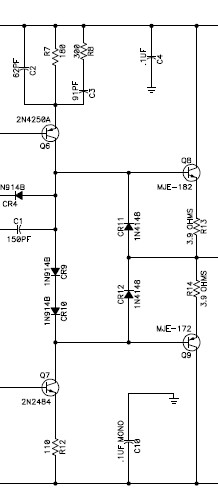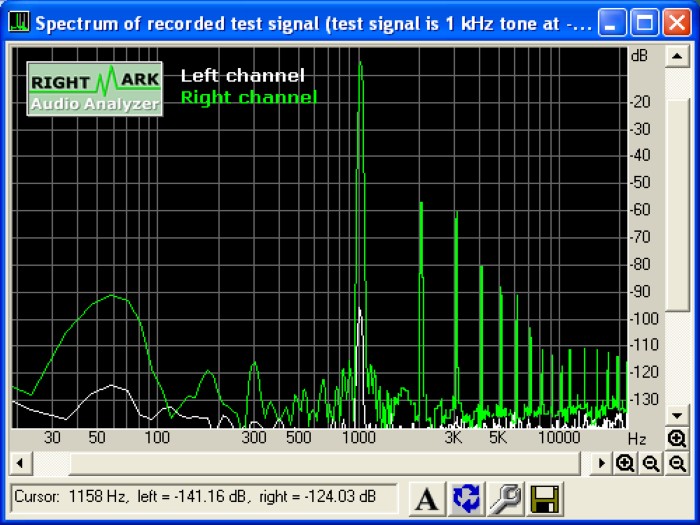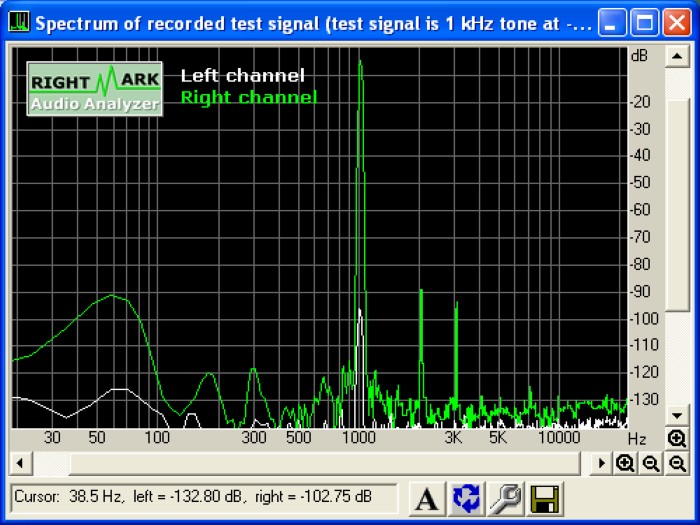See: https://www.proaudiodesignforum.com/for ... ?f=6&t=140
We've discussed driving the THAT1646 in common mode so that both outputs swing together rather than anti-polarity. In the common mode configuration I've explored thus far, the differential input is grounded. Both 1646 outputs, or multiple 1646 outputs may be paralleled this way to increase drive current.
What if more drive current is needed? One application would be a headphone amplifier, where the combined outputs are not quite enough to drive 32 ohm headphones to ear-splitting level.
External boost transistors and the 1646 could be used together to increase drive. In conventional applications one often sees a two or three diode bias string to provide transistor bias. The 1646 however has a differential input that produces an output gain of two. That input is used here to provide bias and Vbe multiplication.
Here's an open loop test circuit I developed:

Drawing Editied 8/19/07 18:04 CDT
This is the current schematic:
Discussion:
Common mode drive is applied to pins 2 and 7 of the THAT1646. As a result both outputs "yen and yang" together rather than in anti-polarity. The outputs from the THAT1646 are taken into the bases of the external boost transistors, an MJE243 MJE253 complementary pair. The THAT1646 outputs are capable of 50-75 mA drive.
To establish a 2 Vbe bias at the output transistor's bases a bias reference of 1 Vbe is injected into the "differential" input, pin 4. This 1 Vbe reference gets multiplied to 2 Vbe by virtue of the x2 differential gain of the 1646. If required, the reference diode can be thermally coupled to one of the output devices. In the test circuit, the standing current was measured to be approximately 20 mA.
Emitter degeneration resistors of 3R3 are used. The test load was 30 ohms representing the low impedance range of many headphones. At this power level, the external transistors should be heatsinked with the reference diode thermally coupled to the devices.
This is not an optimized design but a proof-of-concept and it works rather well. Remember that the output buffers are running open loop.
With 18V supplies the circuit will effortlessly drive 30 ohms to more than 20 V P-P. This is about 2 watts or +33 dBm.
Distortion performance, measured only at 1 KHz for now, is about -70 dB 2nd and -70 dB third open loop. With a "helper op amp" wrapped around the buffer to provide negative feedback performance is expected to be even better.
With a darlington configuration and a 2 Vbe reference it is conceivable that a modest power amp could be made using this relatively simple pre-driver made from a THAT1646.






